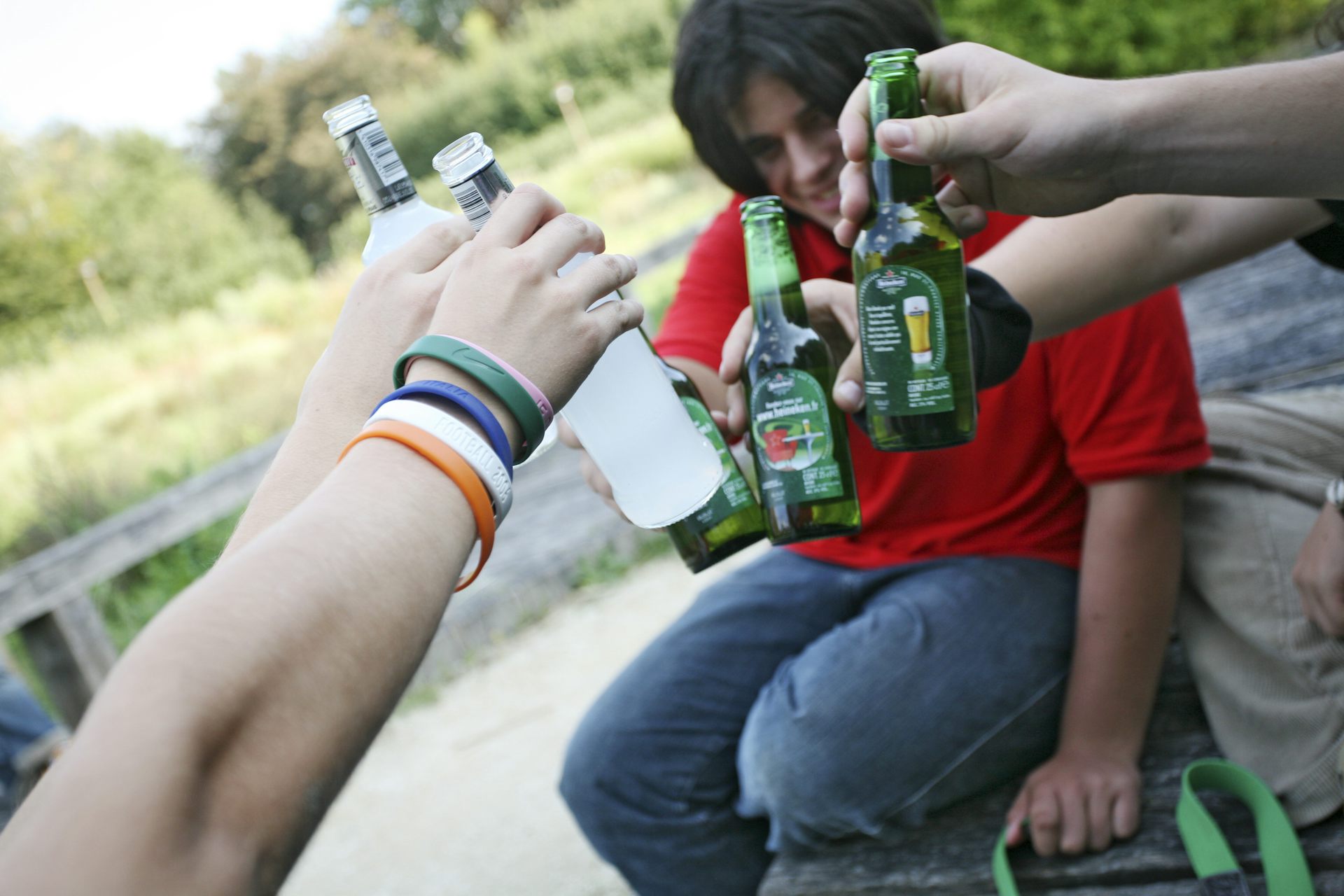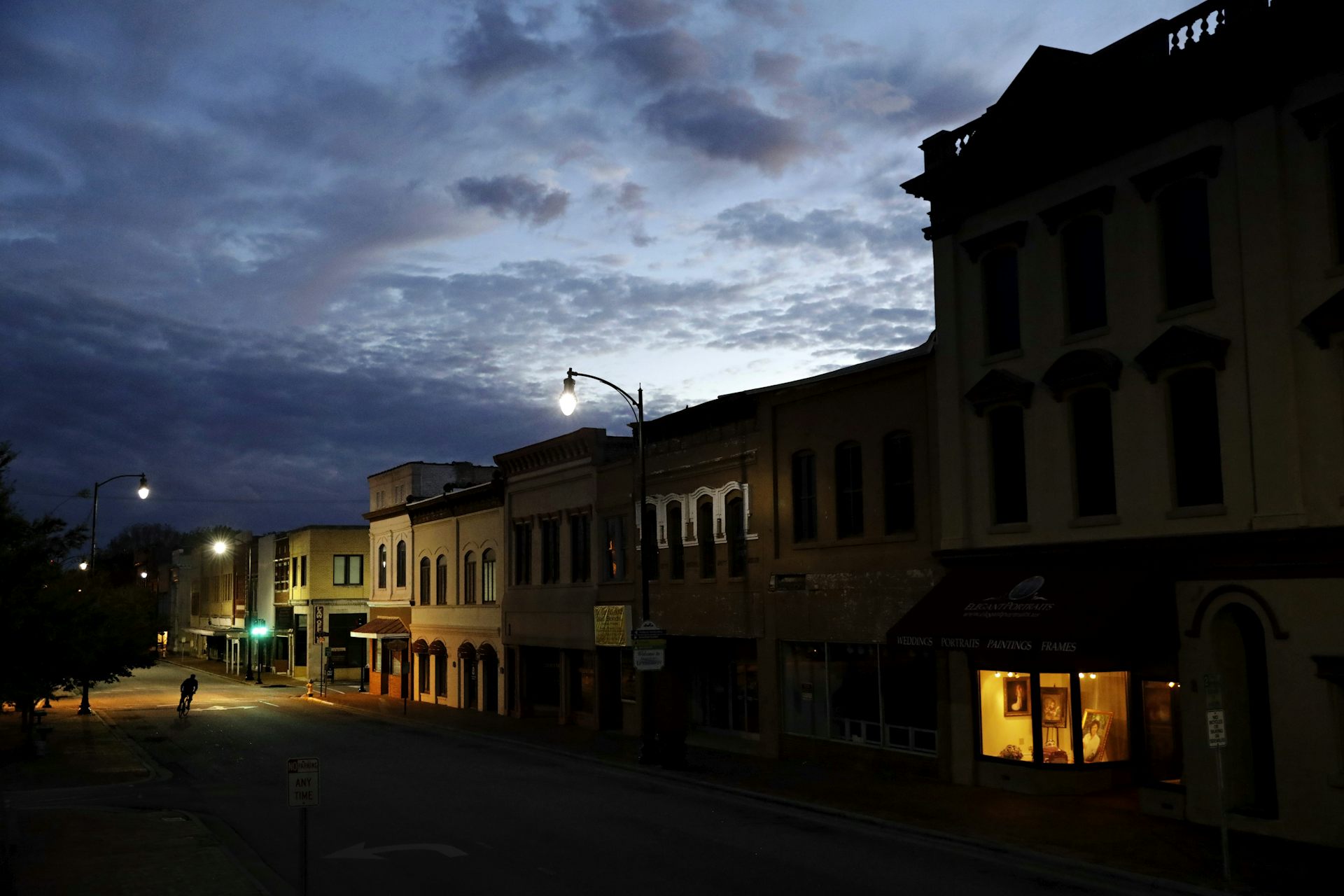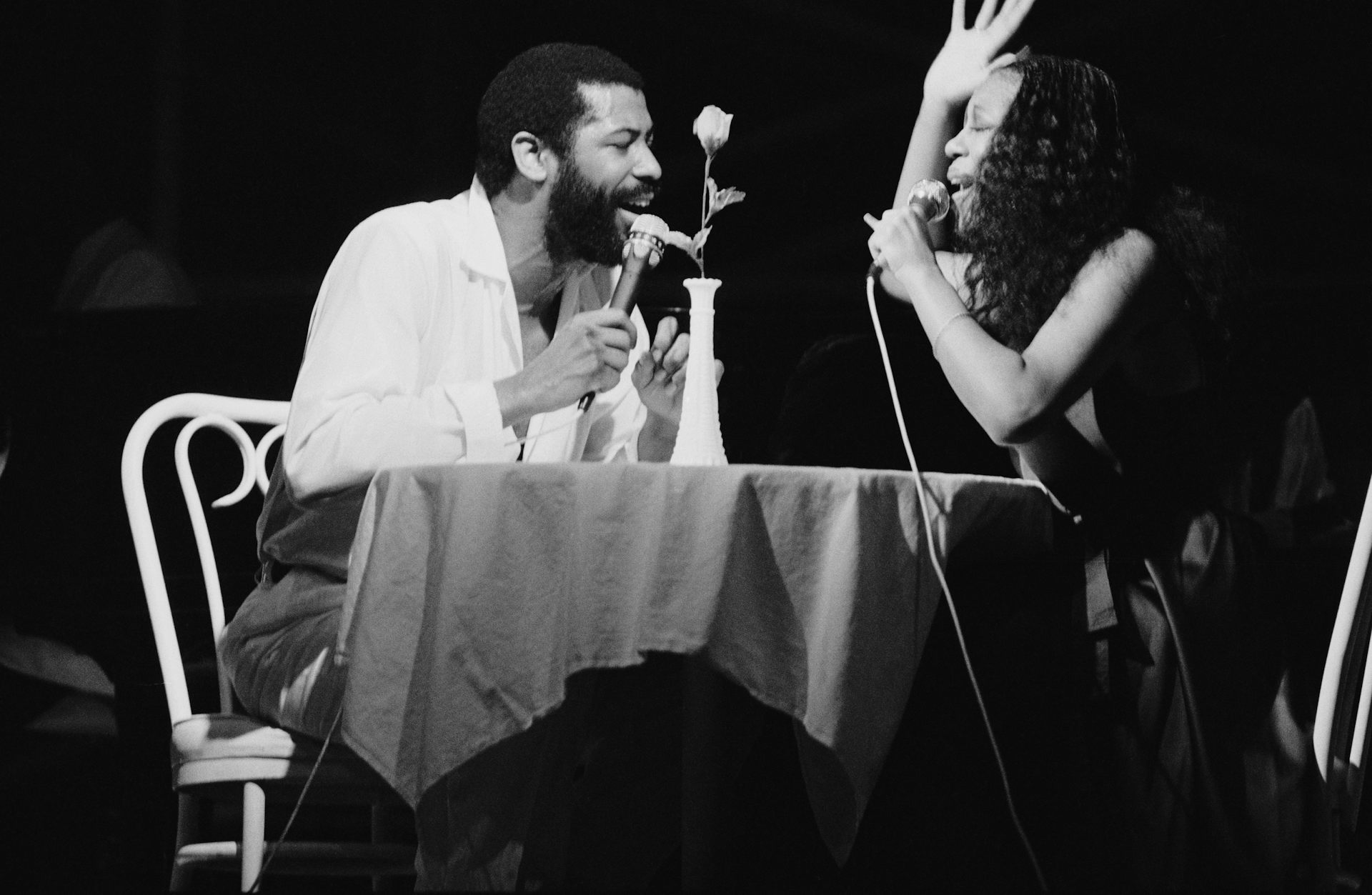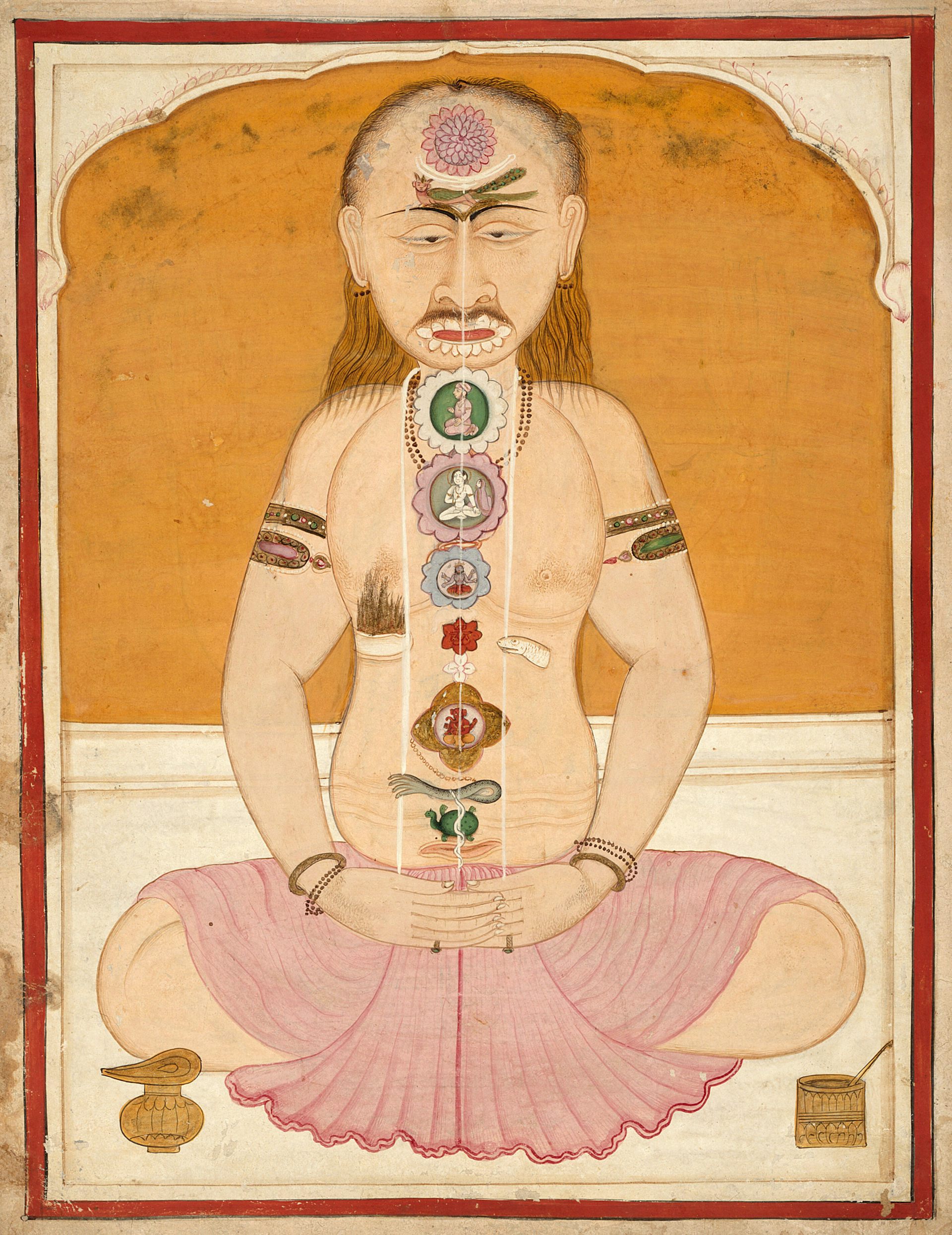The ‘Death Mother’: Horror’s most unnerving villain
Disturbing ideas about motherhood are pushed into our collective unconscious, a film scholar writes. Little wonder they’re at the heart of several chilling films.
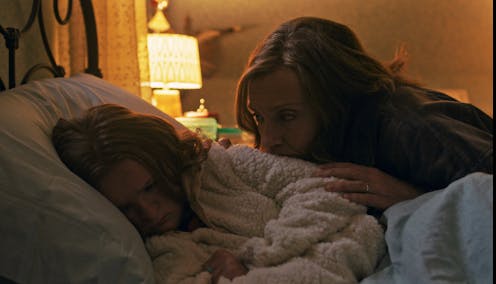
Horror films draw us into a world where our deepest anxieties are laid bare. They illuminate the darker recesses of the human psyche – ones that we often prefer to ignore.
And some of the most unsettling things we can imagine, it seems, are not zombies or aliens or demons, but ones that are closer to home: mothers. Bad ones.
The ‘Death Mother’
Psychologist Carl Jung spent a lifetime studying dreams, myths, fairy tales and religious symbols from around the world, attempting to boil them down to what he called “the collective unconscious.” At the heart of the collective unconscious, he believed, was a set of primal symbols, or archetypes, that speak to fundamental aspects of human experience: the father, the hero and the trickster, for example.
Of all these archetypes, Jung considered one the most significant: the mother.
The mother symbolizes the origin of our being; our existence is inextricably linked to hers. The Latin word for mother, “mater,” is the root of the word “matter” – the fundamental substance of our physical world.
At times, she is the “Great Mother”: a life-giving, nurturing figure. However, like all archetypes, she also has a shadow side: the “Terrible Mother,” characterized by coldness and destructiveness.
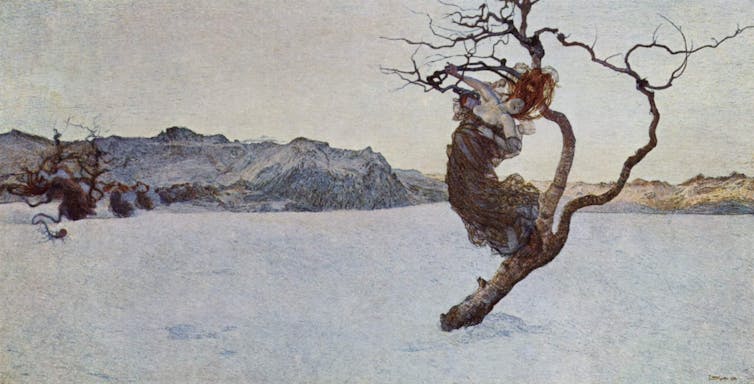
Building on Jung’s work, psychoanalyst Marion Woodman introduced the idea of the “Death Mother.” While the Terrible Mother attacks her child’s mind and erodes their confidence, the Death Mother threatens her child’s body, even their life.
The Death Mother is so terrifying, Jungian scholar Daniela Sieff notes, because she makes people confront a disturbing idea: that “the belief that biology has programmed mothers to love and nurture every child they give birth to is a fantasy.” She is relegated to the deepest recesses of the collective unconscious – and horror films provide one of the few spaces where this ultimate taboo can be explored.
As a film scholar, I’ve noticed the prevalence of the Death Mother archetype in recent horror films. Like Woodman and Sieff, I believe she reflects one of the darkest elements of the collective psyche. I also believe that it can be productive to engage with her – that she can be transformed by bringing her to light.
A mother’s shadow
“Hereditary,” released in 2018, begins at the funeral of Annie’s domineering mother, Ellen, the leader of a satanic cult. In order to conjure Paimon, the demon she worshipped, Ellen needed a male host, which she tried to procure through her own son – leading to his suicide, her husband’s death and Annie’s mental illness.
Annie, an artist who makes dollhouses and miniatures, strives to be the best mom she can be to her two kids. Yet she is continually thwarted by the morbid grip of her mother’s shadow. The family home feels dark and cavernous, with each member isolated in their own space.
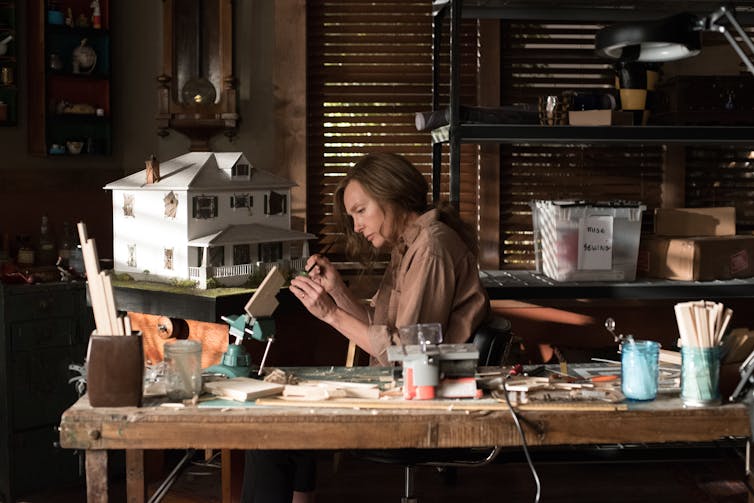
Their grief escalates when Annie’s son, Peter, accidentally kills his sister, Charlie. As the family’s horrors escalate, Annie begins to replicate traumatic events within a diorama that she’s built of their own home, highlighting her desperate need to construct and control her reality.
It’s not enough to hold her demons at bay. While sleepwalking, Annie recalls, she once woke up covered in lighter fluid, about to torch both herself and her children.
This lack of maternal bond – a violation of the most basic societal expectations – lends the film its most profound sense of foreboding. While some of the terrors are supernatural, those elements only escalate toward the end. Before that, the horror emanates from severed maternal bonds. Annie reveals to her son, Peter, that she tried to miscarry him. And when her daughter, Charlie, was born, it was Annie’s mother who breastfed the infant: transmitting the spirit of the demon to her, and ultimately leading to her death.
Yet even as Annie tries to harm her children, she loves them, until she no longer can – setting up some of the film’s most disturbing scenes.
Nurturing revenge
The 2022 film “Hatching” is a Finnish horror-fairy tale exploring the devastating effects of a mother’s conformity to societal norms and its destructive consequences for her daughter. What should be maternal love becomes an unconscious quest for power.
The film centers on Tinja, a 12-year-old girl trapped in the highly controlled world of her mother, who is obsessed with showcasing their family’s seeming perfection on her video blog. A former figure skater who never fulfilled her dreams due to an injury, the mother fixates on Tinja’s career as a gymnast, cutting her off from friends and demanding constant perfection.
In the opening scene, a bird flies through the shimmering living room window, shattering the glass. Tinja attempts to nurse the injured bird back to health, but her mother coldly snaps its neck and instructs Tinja to bury it. In a moment of conflicted emotion, the child bludgeons the bird, supposedly to end its suffering.
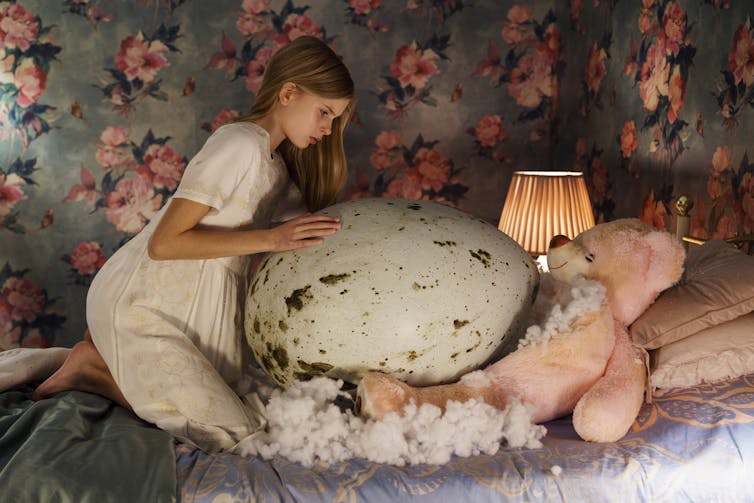
She later discovers an egg in a nest and brings it back to her bedroom to incubate. Nourished by her tears, it hatches into a monstrous creature, Alli, who believes Tinja is its mother. Gradually, as the girl nurtures the hatchling, it starts to resemble Tinja, acting out her darkest desires – and eventually, it will subsume her.
“Hatching” illustrates the crux of the Death Mother figure: how mothering and nurturing can become enmeshed with violence and vengeance. As Woodman explains, a Death Mother compels her child to live out her own unfulfilled dreams, while the daughter’s own self is obliterated. Unable to bear the pressure, the child projects these repressed feelings onto others, including her own offspring – a manifestation of the unacceptable emotions she must hide from her mother’s scrutiny.
‘Be My Baby’
At first, motherhood seems far from “Barbarian,” a 2022 film set in a derelict Detroit neighborhood. The story unfolds in the only habitable house, purchased by a group of white finance bros who rent it out as an Airbnb.
Tess, a young filmmaker, is sharing the space with another tenant due to a booking mistake. Yet she becomes trapped – and he is devoured – by a bare-chested female monster in the basement.
Soon AJ, one of the house’s owners, shows up. A Hollywood actor who has been blacklisted by the film industry for accusations of sexual assault, he and Tess fight off the monster – credited as “the Mother” – who is now intent on nursing them.
Eventually, Tess learns that the home was once owned by a serial killer and rapist who kidnapped women, impregnated them and has been impregnating their offspring ever since, taking advantage of how the police have abandoned the area due to white flight. The maternal demon in the basement is the sole survivor.
After escaping, Tess walks off into the distance – to the Ronettes’ tune “Be My Baby.”
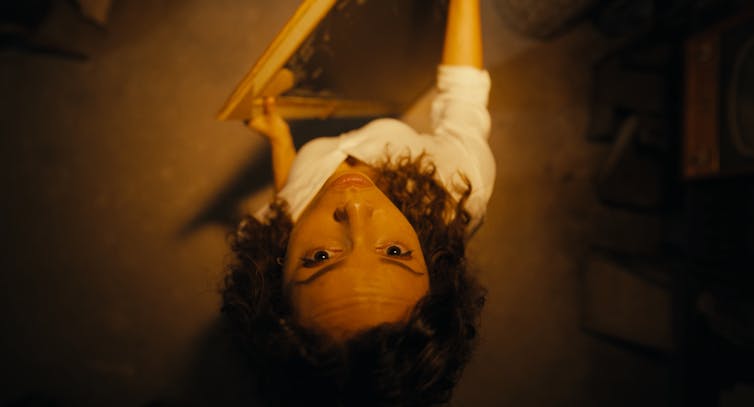
This house of horrors is where the violent legacies of patriarchy, misogyny, capitalism and gentrification all converge. The feral figure in the basement, the Death Mother, is not the true terror. Her evil emerges from a long history of cruelty against women, and of motherhood being both forced and oppressed.
Pressure valve
Actresses Toni Collette, who stars in “Hereditary,” and Sophia Heikkilä, in “Hatching,” have spoken positively about bringing their characters to light – and with them, the pressures that can make mothers “monstrous”.
Collette noted that drawing empathy for her character, the miniature artist Annie, was a healthy process, one that helped her connect more deeply to herself. Heikkilä recognized aspects of the perfectionist vlogger mother in herself, finding it a valuable cautionary tale.
Their insights suggest elements of the Death Mother are more prevalent than we want to admit, relegating her to the basement of our collective psyche. Horror can help us confront these shadows – potentially leading to catharsis.
Kerry Hegarty does not work for, consult, own shares in or receive funding from any company or organization that would benefit from this article, and has disclosed no relevant affiliations beyond their academic appointment.
Read These Next
Exposure to neighborhood violence leads some Denver teens to use tobacco and alcohol earlier, new st
Girls are at an even greater risk of early substance use than boys.
6 myths about rural America: How conventional wisdom gets it wrong
Many people understand rural America through stereotypes. Two scholars who study rural communities bust…
Sabrina Carpenter’s and Chapelle Roan’s sexy pop hits have roots in the bedroom ballads of Teddy Pen
The soul singer-turned-R&B sex symbol Teddy Pendergrass helped defined the Sound of Philadelphia…


